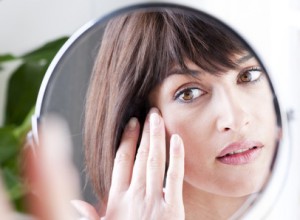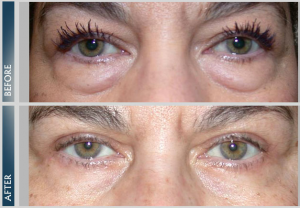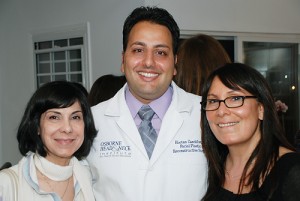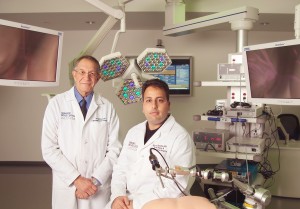- Folded Ear in Newborns: Treatment Options - April 11, 2018
- Newborn Ear Deformity: What Can Be Done? - April 11, 2018
- Ear Molding: An Overview - November 2, 2017
- Otoplasty for Protruding Ears - September 26, 2017
- Basal Cell Carcinoma: Facial Reconstruction Timing - September 26, 2017
- Clinical Considerations of Mohs Reconstruction of Cheek Defect - September 26, 2017
- Basal Cell Carcinoma: Nasal Bridge Reconstruction - September 26, 2017
- Skin Cancers Involving the Eyebrow: Clinical Considerations - October 3, 2016
- Treatment of Multiple Skin Cancer Lesions - June 1, 2016
- Skin Cancer: Nasal Reconstruction and Scar Management - June 1, 2016

Over the past few years I’ve been asked the same question many times. “What procedure would you recommend if I could only have one procedure done?” Although every patient is different, I typically recommend that my patients pay attention to the appearance of their eyes first. That is why blepharoplasty is one of the procedures that I recommend most and see the highest satisfaction with. Below are a few more questions about blepharoplasty that usually comes up.
Why are your eyes important for your image?
It is definitely true that “The eyes are the gateway to the soul”. Artistically speaking, the eyes are the central focus of the face. That is why tired appearing eyes give the impression of fatigue and age earlier than any other part of your face. Eyelid surgery, also called an eyelid lift or blepharoplasty, can rejuvenate puffy, sagging or tired-looking eyes by removing excess fat, skin and muscle from the upper and/or lower eyelids.
How does the “eyelid-lift” procedure improve your appearance?
Blepharoplasty is ideal for the correction of loose, sagging and/or folded upper eyelids that may limit vision, puffy fat deposits in the upper eyelids, under-eye bags, sagging lower eyelids that may show the white of the eyes below the iris, excess skin in the lower eyelids or fine wrinkles in the lower eyelids.
Blepharoplasty cannot raise the eyebrows or reduce the appearance of deep wrinkles, crow’s feet or dark circles under the eyes. However, eyelid surgery can be combined with other procedures such as browlifts, BOTOX® Cosmetic treatments and laser procedures to achieve these results.
Who is a good candidate for the “eyelid-lift” procedure?
The best candidates for blepharoplasty are healthy individuals who do not smoke, have realistic expectations and do not have any serious eye conditions. In general, the ideal timing for the blepharoplasty procedure is when a good night’s rest does not alleviate the tired appearance of the eyes.
 How is the procedure performed?
How is the procedure performed?
Eyelid surgery is usually performed with local anesthesia and IV sedation. The procedure often takes less than around 45 minutes. Incisions are made along the eyelids in inconspicuous places: in the natural creases of the upper lids for upper eyelid blepharoplasty and just below the lash line on the lower lids for lower eyelid blepharoplasty. If no skin needs to be removed, the surgeon will likely perform a transconjunctival blepharoplasty, where the incision is made inside the lower eyelid and there are no visible scars. In all cases, your surgeon then removes excess skin or fat. The surgeon then closes the incisions with fine sutures.
What should I expect the recovery to be?
Bruising, swelling and a sense of tightness in the eyelids are common after eyelid surgery. These should subside within 1-2 weeks. Most patients resume activities in 3-5 days, when stitches are removed, and return to work in about 10 days. Contact lenses may not be worn for two weeks. Eyes can be sensitive to light and wind and may be slightly irritated for a short while; your surgeon may prescribe eye drops and cool compresses to ease any discomfort. By one to two months after surgery, you should see the true results of your eyelid lift: a more awake, youthful and cheerful look around the eyes, and greater self-confidence.
To learn more about Dr. Hootan Zandifar or blepharoplasty, visit: http://www.ohnifacialplastics.com/
Contact a Physician at Osborne Head & Neck Institute
If you would like to speak with one of our physicians regarding this issue or another ear, nose, throat problem; or have other questions or concerns, please complete the contact form below or call us at 310-657-0123.



